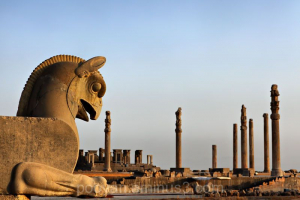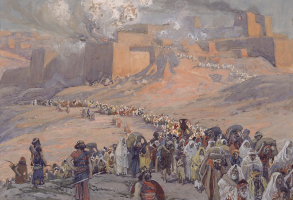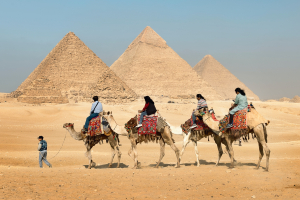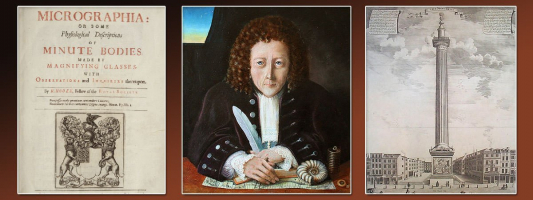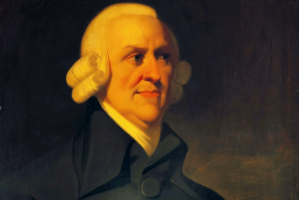Top 7 Fascinating Facts about Mesopotamia
When taught in a stuffy classroom, ancient history may frequently turn into a borefest. In favor of Egyptian, Greek, and Roman civilization, Mesopotamian ... read more...culture, which is historically referred to as the "Cradle of Civilization," is often downplayed and ignored. The term "Mesopotamia" refers to the region between the Tigris and Euphrates, which includes sections of modern-day Iraq, Iran, Syria, Kuwait, and Turkey. Yet if you go past the obvious numbers and data, a much more gripping story emerges that you won't find in drab textbooks.
-
Historians have acclaimed him as the last of the great monarchs of Assyria. Ashurbanipal, King of Neo-Assyria for more than 40 years, built the largest empire ever known by greatly expanding the Neo-Assyrian territorial dominion. The well-liked king would enhance his reputation by actively supporting the arts and establishing the first meticulously planned library, which included a collection of over 30,000 clay tablets.
One of the biggest and most significant archaeological discoveries in history occurred in the middle of the 19th century CE with the excavation of Ashurbanipal's library. The Enuma Elish, a Babylonian creation narrative, and the Epic of Gilgamesh, an early Mesopotamian account of the Great Flood that predates the Bible and served as the basis for numerous films of various popularity and quality, were among the works discovered.
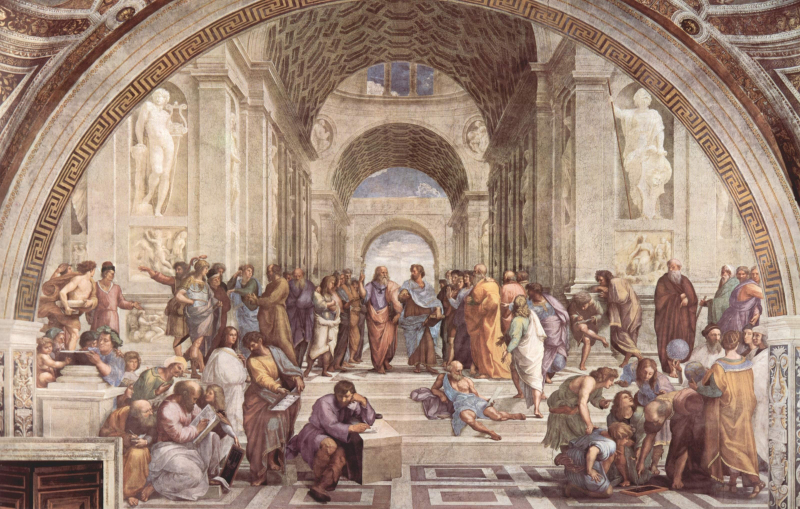
Image by Pixabay via pexels.com 
Image by Pixabay via pexels.com -
The romantic connections described in Tales of Mesopotamian Deities are a muddle, with all the muddy intricacies that come with carnal knowledge. These relationships frequently involve subtle types of deception, a strategy that has the potential to have serious negative effects on not only the involved parties but also the entire society. Famous writers throughout history, including Shakespeare, frequently plagiarized these alluring plot turns that originated in the so-called "Fertile Crescent."
Ishtar, the Goddess of Love and War, is the first deity for which we have written proof, and she is a key figure in many myths and stories. Many cultural archetypes, spanning from Aphrodite to Wonder Woman, reflect her legacy and influence. Interestingly, Ishtar has no significance in the 1987 film using her name; this is something the creators need to have given another thought to prevent making one of the worst movies in American cinema history.

Image by Anastasiya Lobanovskaya via pexels.com 
Image by Michel Caicedo via pexels.com -
Pleasures of the flesh are eloquently depicted in the Epic of Gilgamesh, Mesopotamia's most famous literary work. One of the more outrageous passages has the goddess Sidari, a metaphorical "alewife" who is connected to the alcoholic fermentation of beer and wine. She instructs him to "let your belly be full... Have fun, dance, sing, and let your lady revel on your lap all day and all night.
The Akkadian-written poetry might have had both religious and pedagogical functions. Laura A. Peri, curator of Western Asiatic Antiquities at the Israel Museum in Jerusalem, discusses how "delight in your lap" was a common euphemism for sex at the time in an article from the Israel Times. This information was probably overlooked by history teachers who are unfamiliar with the ancient text.

Image by cottonbro studio via pexels.com 
Image by Jensen R via pexels.com -
Most people are familiar with King Sennacherib from the Bible's account of the Siege of Jerusalem in 701 BCE. But the king was also credited with enlarging the Assyrian Empire, turning Nineveh into a bustling commercial center, and building a luxurious home that he dubbed the "house without rival."
Sennacherib's expansive estate included lavish gardens, enormous lamassu (human-headed winged bulls), and more than 70 chambers adorned with carved stone reliefs showing events from imperial life and military achievements. Some academics believe the breathtaking splendor led to the belief that Nineveh's sumptuous gardens were home to the famed Hanging Gardens of Babylon, one of the Seven Wonders of the Ancient World.Despite all of his achievements, Lord Byron's poem The Destruction of Sennacherib from 1815 would ultimately determine the fate of the Assyrian era. Its famous opening line is:
“The Assyrian came down like the wolf on the fold,
And his cohorts were gleaming in purple and gold;
And the sheen of their spears was like stars on the sea,
When the blue wave rolls nightly on deep Galilee.”

Image by Ekaterina Astakhova via pexels.com 
Image by Crystal mirallegro via pexels.com -
The Neo-Assyrian metropolis of Nineveh (present-day northern Iraq) was the biggest city in the world at its height in the 7th century BCE. Nineveh, renowned for its luxuriant gardens, advanced infrastructure, and sophisticated culture, played a significant role in the economic trade routes that connected East and West civilizations. Biblical accounts, on the other hand, present the walled city in a much more sinister light and tell a truly epic tale.
God sends the prophet Jonah on a journey to Nineveh because "their vast wickedness is risen up before me," according to The Book of Jonah. Jonah, however, disobeys the order and ends up making a three-day atonement within the belly of a massive fish. He reluctantly delivers the word after being puked on the shore, sparing the city from God's angry wrath.
The Book of Nahum, which foretold Nineveh's fall by God's decree, is another Old Testament passage that makes mention to Nineveh. Although a coalition army would indeed capture the Assyrian capital in 612 BCE, biblical authors most likely authored these writings after the city had already been taken.

Image by atiabii via pexels.com 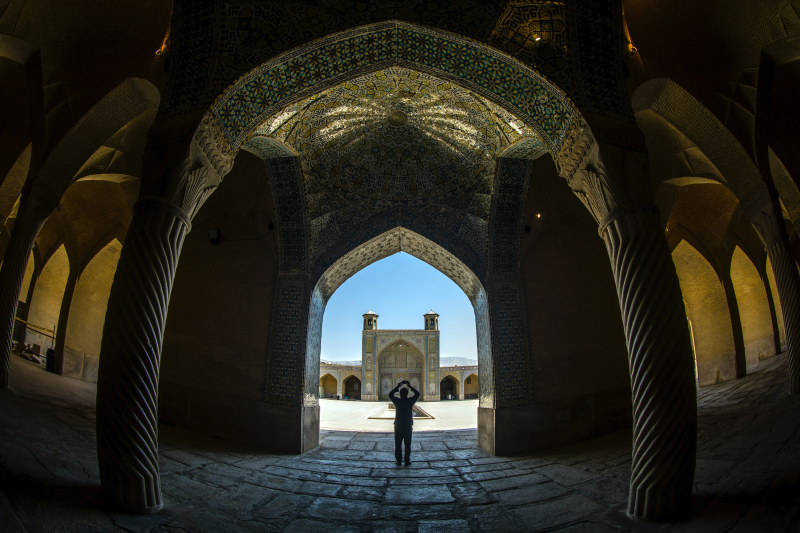
Image by mostafa meraji via pexels.com -
Although the precise beginnings of beer are uncertain, Mesopotamian recipes that have survived show early, avant-garde brewing techniques. Another evidence indicating the great value attached to the starchy beverage that could also serve as a meal comes from Sumerian documents that date back more than 5,000 years and show that beer was used as cash to pay labor.
In London's British Museum, one of these vintage pay stubs is currently on display. The cuneiform-written clay tablet was found in Uruk, which is in modern-day Iraq. It shows a human head eating the "ration" and has scratches indicating how much beer was paid. A similar economic technique would eventually be adopted by the Egyptians, which explains how all of those massive pyramids were constructed.
Image by Uğurcan Özmen via pexels.com 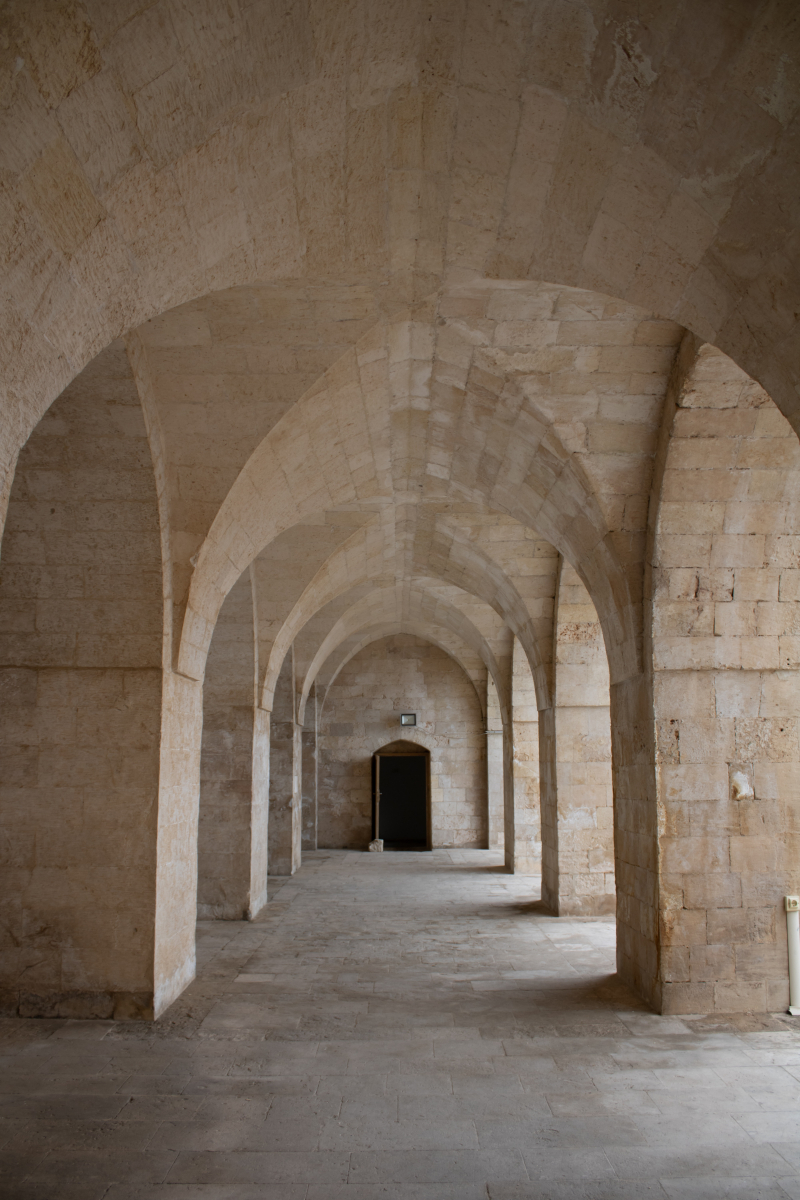
Image by Emrecan Algül via pexels.com -
Modern Islamic criminal law allows for the legal execution by stoning of people found guilty of unlawful sex, including adultery and same-sex conduct. Yet, Babylonians had a much more liberal attitude about intimacy 4,000 years ago.
As early as the second millennium BCE, during the Old Babylonian era, Mesopotamian erotic art was mass produced. The discovery of small clay plaques showing various sexual behaviors at the excavation sites of former temples, cemeteries, and private dwellings highlights the acceptance and appeal of what are now known as pornographic relics.

Image by Levent Simsek via pexels.com 
Image by Meruyert Gonullu via pexels.com









